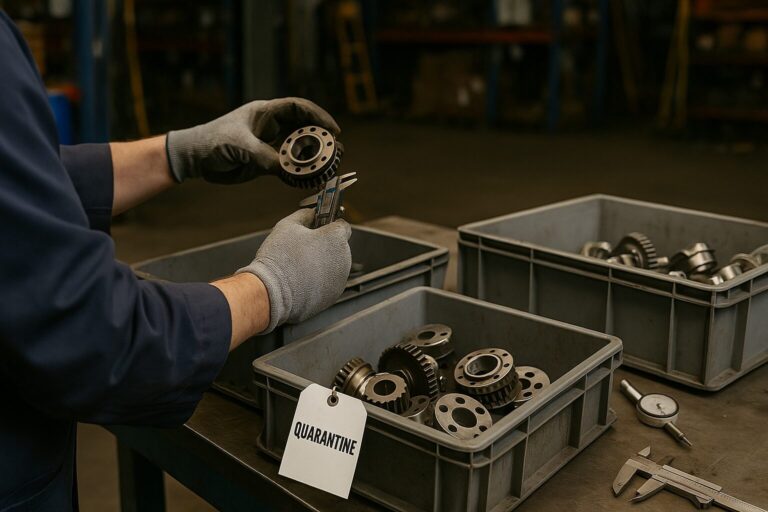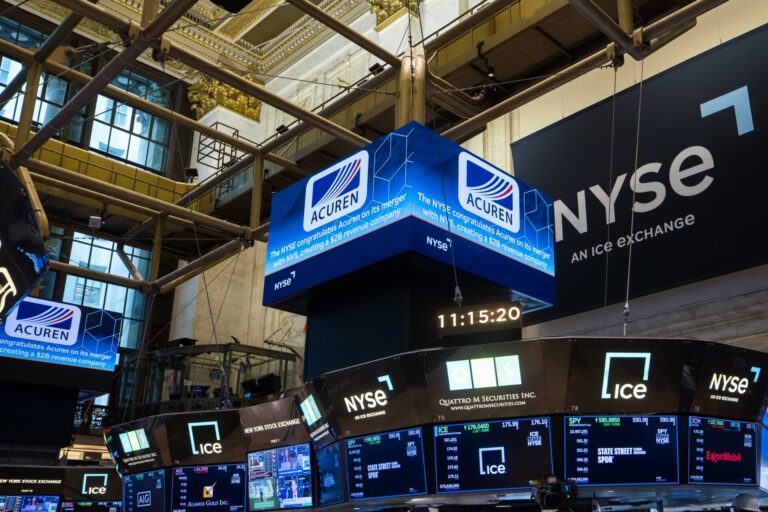Key Takeaways
- Idled pipelines are often filled with nitrogen to detect leaks and prevent corrosion
- Returning these lines to service sometimes requires integrity assessments using inline inspection (ILI) tools
- Operators accustomed to liquid lines may experience difficulties when they run ILI tools in nitrogen
- Difficulties can including speed excursions and stuck pigs, and may result in runs that produce incomplete data or costly pig retrievals
- An experienced engineering firm can help make sure that the ILI assessments are completed and the pipeline is returned to service
“Agility” is a big thing in business these days — being able to respond quickly to changing conditions. In pipeline operation, this includes being able to safely return idled lines to service in a timely manner so you can take advantage of opportunities for them to carry product again. That product might be hydrocarbons, another fuel such as hydrogen, or a greenhouse gas like carbon dioxide.
But assessing the integrity of idled lines can present unexpected challenges — particularly when it comes to running inline inspection (ILI) tools through the nitrogen that is used to monitor idle lines for leaks and as a blanket to protect them from corrosion.

Acuren’s Project Snapshot: ILI Tool Runs in Nitrogen
A recent project that we supported points to some of the challenges involved in running ILI tools with nitrogen.
Several years ago, a major global energy company turned to us to help engineer, plan, and execute the product displacement and nitrogen packing of a pipeline — its days of transporting a single high-value refined product were over.
More recently, they returned to us with a new mission: help run gauge pigs and combination ILI tools through the multiple segments of the idled 450-mile line in preparation for its return to service.
Coordinated Planning and Execution
Acuren’s Integrity and Design team worked closely with the company’s project manager and project engineer to synthesize requirements from management, technical, and operations stakeholders, and develop an execution plan that provided the company’s management with confidence that the project could be completed safely.
The team initially proposed a plan to run multiple pigs simultaneously to minimize nitrogen costs and project duration. However, personnel constraints and risk concerns drove the final plan to run one pig at a time.
Engineering Modeling for Safe, Controlled Pigging
During the planning process, Acuren engineers built a numerical hydraulic model to calculate the nitrogen flow rates and pressures required to successfully run the pigs. Multiple iterations of planning, modeling, and validating were needed to satisfy the operator and ILI vendor stakeholders.
The model allowed the team to optimize nitrogen injection and release locations, plan injection and release operations, and verify that pressures and pig speeds could be kept within acceptable ranges for the inspection of each segment.
Procedure Development and Operational Support
In addition to the execution plan, Acuren’s team worked with local operations personnel and the ILI vendor to develop detailed work procedures and facility schematics. These guided the team step by step through each of the gauge pig and ILI tool runs.
After each operation, we helped capture lessons learned and updated the subsequent procedures accordingly, allowing the team to improve performance as the project progressed.
While ILI operations were underway, Acuren’s team was on site, supporting the company’s project manager by tracking procedure completion and monitoring operating conditions. By analyzing nitrogen injection and release rates, line pressures, and pig location and speed, we helped deliver the insights needed to ensure safety and operational success.
Problem #1: Drive Cup Wear and Pig Stall
One such problem occurred when an ILI tool’s drive cups wore out partway through the first smart pig run. The worn cups allowed nitrogen to bypass the pig, which stalled in the line.
After the team successfully blew down a section of line and cut out and replaced the pipe that contained the ILI tool, Acuren’s team helped diagnose the cause and design a solution.
The root cause was a combination of abrasive fine grit in the pipeline and the absence of a lubricating liquid, which increased wear on the drive cups. The solution was to use drive cups with metal inserts that protected the polymer and maintained an effective seal.
Problem #2: Speed Excursions in Thinner Wall Pipe
A second problem resulted in speed excursions that made one of the early runs unacceptable.
Most pipelines designed for liquid service contain a variety of wall thicknesses. It takes more pressure to move a pig through thicker pipe, so the tool slows or stalls until the pressure builds up. When the tool exits the heavy wall section into a thinner one, it can accelerate rapidly, leading to excessive speed.
In one case, the tool reached “highway-level” speeds.
The original method involved reducing nitrogen injection upstream while releasing more nitrogen downstream, which created a weaker push in front of the pig when it exited the heavy wall section.
For future runs, the team reversed that approach — maintaining constant upstream pressure while increasing pressure behind the pig only when needed. This created a “stronger spring” effect, helping the pig maintain an acceptable speed profile throughout the run.
Project Outcome
Despite two required reruns, the project was ultimately successful. With Acuren on the team, the client safely and successfully ran five gauge pigs and five combination ILI tools in nitrogen in the idled liquid pipeline.
These inspections provided the operator with valuable condition data to support safe reactivation of the pipeline.
What’s Different About Running ILI Tools in Nitrogen?
Running ILI tools through nitrogen introduces multiple operational challenges that differ from liquid-line experience. Three primary differences include:
- Gas Compressibility and Pressure Management: Liquids provide a strong pushing and braking force (“spring”) for ILI tools. Gases are highly compressible and less responsive, which can result in tool stalls followed by uncontrolled acceleration, often leading to failed inspections.
- Risk Profile of Line Failures: Gas releases behave differently than liquid releases. Pressurized gas failures can cause longer pipe tears and present greater safety hazards, especially in populated or environmentally sensitive areas.
- Increased Tool Abrasion: Nitrogen lacks the lubricating effect of liquid product. It also dries out polymers and accelerates wear, especially in the presence of grit. Tool components must be designed accordingly.
Working with nitrogen
- Select ILI technologies that can operate in a gas environment, or plan to run the tools in a slug of water or liquid product. Ultrasonic tools need a liquid couplant to work, while magnetic flux leakage and electro magnetic acoustic transducer tools work well in gas.
- Ensure the tool vendor designs the tool’s drive and other cups to accommodate the conditions in the pipeline. This may include use of steel inserts in the polymer, and polymers that are compatible extended exposure to nitrogen.
- If available, use tools that have speed control; they can automatically allow some gas to bypass the tool and slow it down if needed. This can help avoid unacceptable excursions and reruns.
- Nitrogen is held at about -330 degrees F. It must be warmed before it is released into the pipeline, because that kind of cold (just a bit colder than Michigan’s Upper Peninsula in winter!) can embrittle pipeline steel. For many pipeline personnel, working near liquid nitrogen is an unfamiliar situation for which training, good procedures and safe practices are needed.
- Releasing nitrogen comes with a host of considerations. Temporary manual (continuously manned) control valves are typically used rather than automated valves and permits and filtration may be required – or drive the selection of one release location over another.
- Safety considerations on site include having a windsock at the release location to help understand dispersal of the N2. It usually isn’t a problem – the gas dissipates in even a light breeze – but it can settle in low areas if there’s little or no wind. Gas monitors at both ends will provide alerts if there are hazardous gases or the oxygen level is low.
- To provide a smooth, problem-free tool run, it’s important to consider the tension between two priorities:
- (1) Higher pressure in the line will keep the tool moving through at a steadier pace due to the “stiffer spring” ahead and behind; it’ll push through constrictions more easily with lower-amplitude hang-ups and surges.
- (2) On the other hand, there are risks from having the pressure too high – including leaks and ruptures in the line. Work with your inline inspection vendor and internal stakeholders to select the allowable pressure ranges for the runs.
- There may be liquids in low spots in a purged line; be sure that the tool you choose can deal with liquids and still provide good data. Have a way to deal with the liquids at the tool receipt point, such as a vac truck, and at the nitrogen release location, such as a frac tank. Be prepared for slugs of liquid that may come through at the receiving end, as well as product vapors that come out with the N2.




